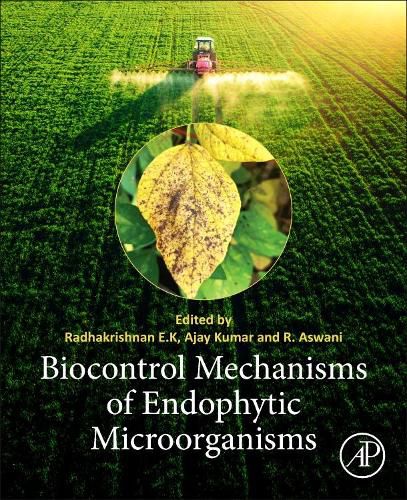Readings Newsletter
Become a Readings Member to make your shopping experience even easier.
Sign in or sign up for free!
You’re not far away from qualifying for FREE standard shipping within Australia
You’ve qualified for FREE standard shipping within Australia
The cart is loading…






Biocontrol Mechanisms of Endophytic Microorganisms introduces endophytic microorganisms, colonization, diversity and distribution, describes the isolation and identification of endophytic microorganisms by traditional cultivation and by next generation sequencing technologies, and covers biocontrol mechanisms, bacterial priming, endophytic based methods, the significance on fungi, and metabolite based formulations. The book concludes with chapters on biofilms, microbiota and safety issues of microorganisms.
The intensive use of chemicals to control these plant pathogens has resulted in negative consequences such as the release of toxic chemicals in the environment, reduced soil fertility and human health problems. Therefore, environmentally-friendly and sustainable replacement of chemical fertilizers or pesticides is highly challenging.
$9.00 standard shipping within Australia
FREE standard shipping within Australia for orders over $100.00
Express & International shipping calculated at checkout
Biocontrol Mechanisms of Endophytic Microorganisms introduces endophytic microorganisms, colonization, diversity and distribution, describes the isolation and identification of endophytic microorganisms by traditional cultivation and by next generation sequencing technologies, and covers biocontrol mechanisms, bacterial priming, endophytic based methods, the significance on fungi, and metabolite based formulations. The book concludes with chapters on biofilms, microbiota and safety issues of microorganisms.
The intensive use of chemicals to control these plant pathogens has resulted in negative consequences such as the release of toxic chemicals in the environment, reduced soil fertility and human health problems. Therefore, environmentally-friendly and sustainable replacement of chemical fertilizers or pesticides is highly challenging.